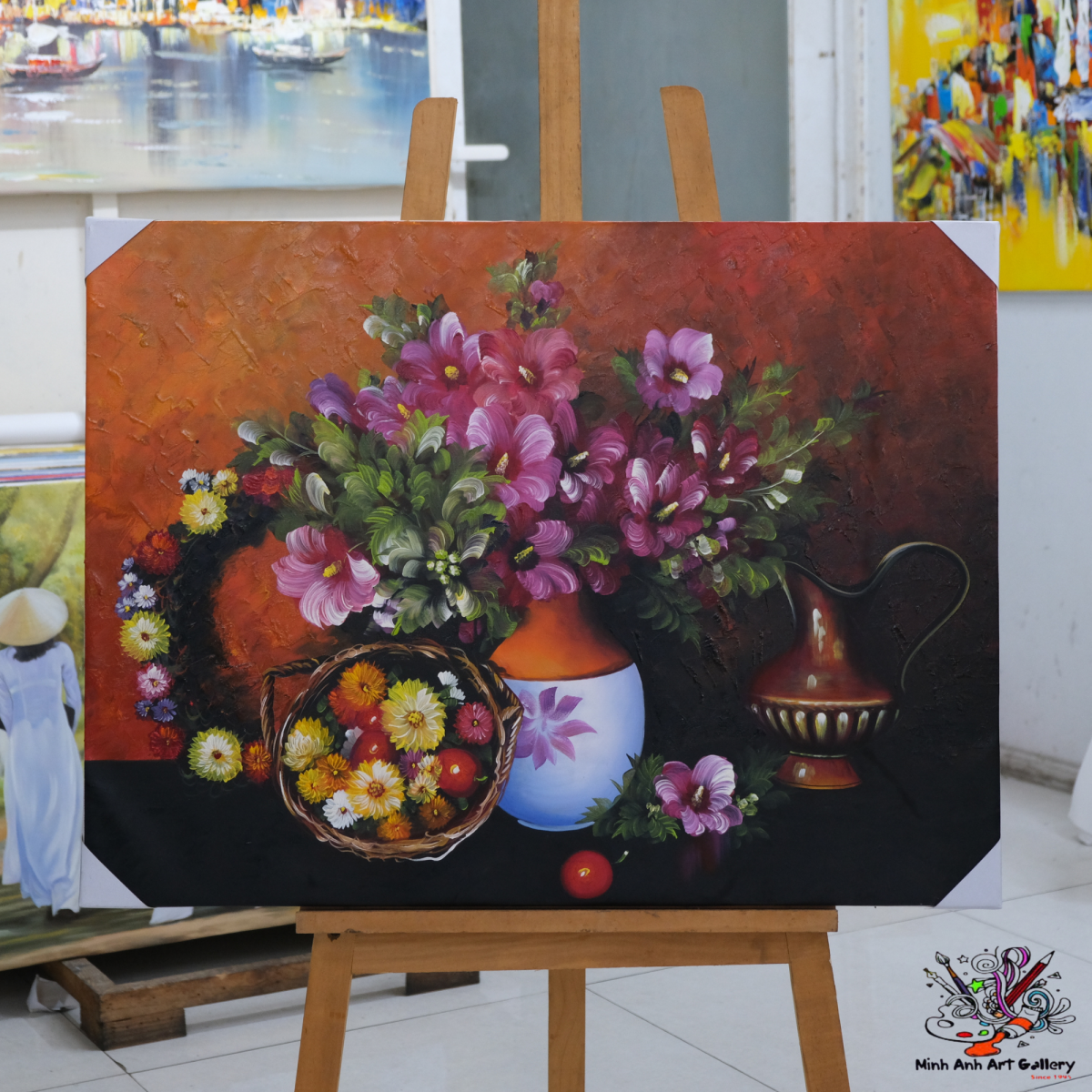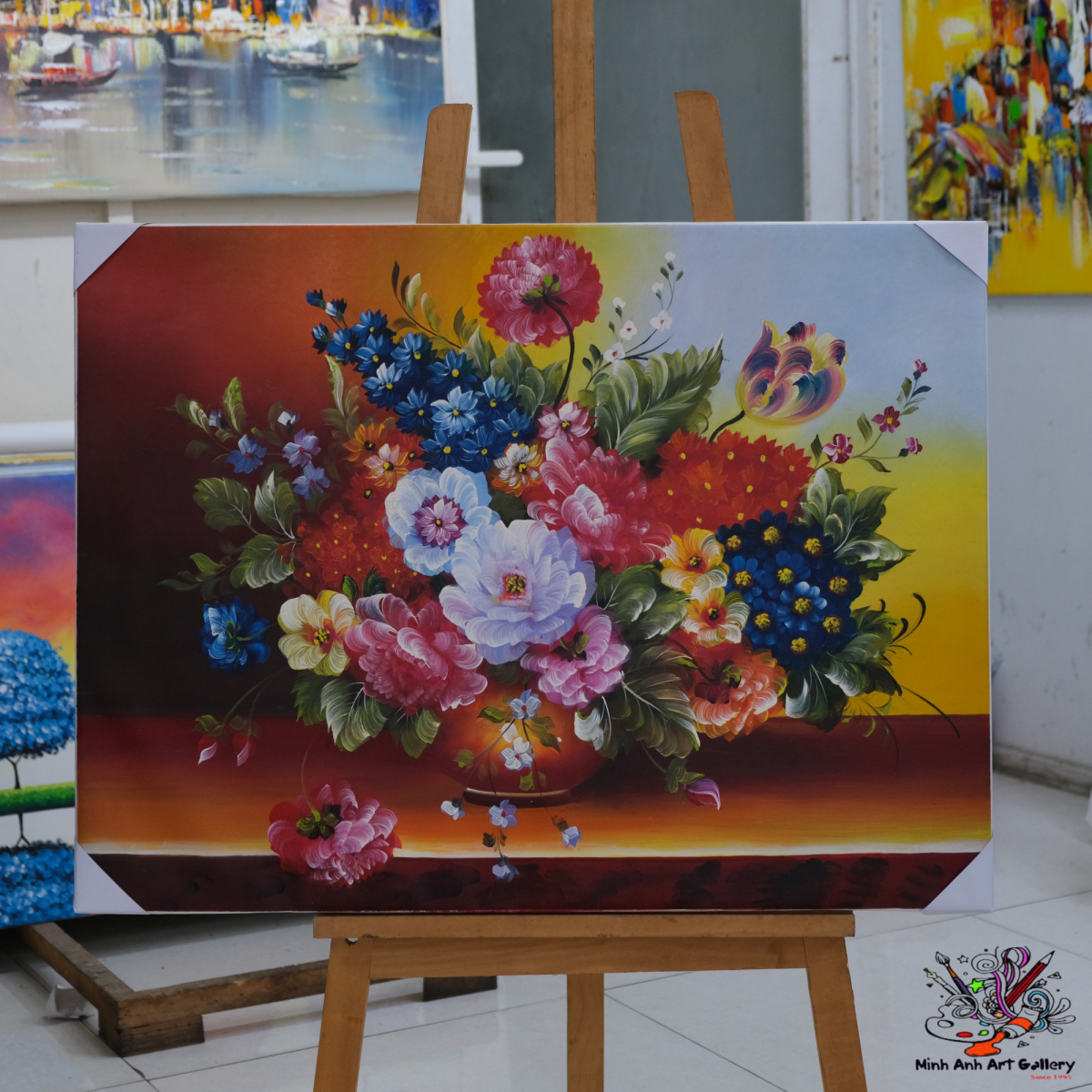Have you ever walked into a contemporary art gallery and felt like the room was whispering a melody into your ear? That’s no accident. In today’s evolving art world, music and visual art are no longer separate entities. They’re partners in crime—merging, blending, and reshaping how we perceive creativity. This isn’t just an aesthetic shift; it’s a full-on sensory revolution.

Historically, galleries were serene, almost sacred spaces—hushed halls lined with masterpieces, where silence amplified thought. Fast forward to now, and you’ll find DJs spinning tracks in a room filled with abstract expressionism. Why the shift? It’s all about engagement.
Digital installations, augmented reality, and interactive exhibits have transformed galleries. And what complements a digital masterpiece better than an ambient or experimental soundtrack that stirs the soul?
Think of music as a brushstroke that fills in the emotional gaps of a painting. A minimalist sculpture might be paired with slow piano notes, making it feel more introspective. A vibrant collage? Maybe it dances to electronic beats. Music turns passive observation into active experience.
Remember the art gallery exhibitions at MoMA with Philip Glass? Or Marina Abramović’s silent yet deafening performances with sound artist collaborators? These weren’t just shows; they were symphonies in disguise.

Today’s most innovative galleries are blurring the lines between disciplines. Step into an installation and be wrapped in a 360-degree audio-visual cocoon. The art isn’t just on the wall—it’s in your ears.
Modern curators often act like DJs. They craft playlists that reflect the mood, theme, or artist’s personality. Just like a well-curated fine art collection, a great soundtrack enhances each piece.
At some art collection gallery events, musicians play live, improvising in response to what they see. It’s a dance between sight and sound where neither leads nor follows.
Many private art galleries now host musical performances, turning exhibitions into events. A classical quartet might echo through a minimalist space, or a lo-fi artist might vibe alongside neon-lit paintings.
Music draws people in. It creates atmosphere, sparks conversation, and helps audiences connect with art on a deeper level. After all, haven’t you ever tapped your foot while gazing at a canvas?
Artists like Kandinsky believed in synesthesia—seeing sound and hearing color. His works, like many pieces in famous art collections, were influenced by musical structure and rhythm.
From the elegance of Debussy to the chaos of Aphex Twin, artists draw from every sonic corner. These musical muses breathe life into brushstrokes, inspiring collectors and creators alike.
Some collectors now curate not only their artworks but also the soundtracks that accompany them. These curated art collections become sensory biographies—one-of-a-kind experiences that are as unique as a fingerprint.
You might visit a gallery and hear a jazz set, only to realize it’s the collector’s favorite genre. Sound becomes part of the collection’s identity—a signature of taste and personality.
The digital art space is booming. And just like physical spaces, sound can enhance the journey. Picture browsing a collection of surrealist digital art while listening to dreamy ambient music—it makes the virtual feel visceral.
Even in the digital world, guided audio experiences are gaining ground. These narrations, often paired with music, help online viewers connect emotionally with each artwork—making the intangible feel personal.
Imagine AI curating a playlist based on brushstrokes, colors, and themes. That’s no longer fiction. Some galleries are exploring this synergy to create dynamic, responsive experiences that evolve with the viewer.
NFTs are not just visual anymore. Collectors can now own full sensory experiences—digital artwork paired with exclusive music tracks. The boundaries between mediums? They’re dissolving faster than ever.

In the age of multisensory exploration, the intersection of music and art isn’t just a trend—it’s a transformation. From physical art gallery collection tours to browsing an art collection online, sound is shaping how we view, feel, and collect. So next time you step into a gallery, don’t just look. Listen. You might just hear the art speaking to you.
1. Why do art galleries use music in their exhibitions?
Music enhances emotional engagement and sets the tone, making the viewer's experience more immersive and memorable.
2. Can music influence how we interpret visual art?
Absolutely! Music can change the perceived mood or theme of an artwork, adding new layers of interpretation.
3. Are there any famous examples of music-inspired art collections?
Yes, many famous art collections include works influenced by music—from classical compositions to modern electronic soundscapes.
4. How do online galleries incorporate music into their platforms?
Virtual galleries use background soundtracks, guided audio tours, or embedded playlists to make art collection online experiences more engaging.
5. What’s next for the intersection of music and visual art?
Expect more AI-driven soundscapes, NFT-based audio-visual collectibles, and live music-integrated exhibitions in the near future.
Message:
This article is brought to you by Minh Anh Art Gallery – where art meets emotion and every collection tells a story. Visit us at https://minhanhart.vn/ or call us at (+84) 962 720 484.